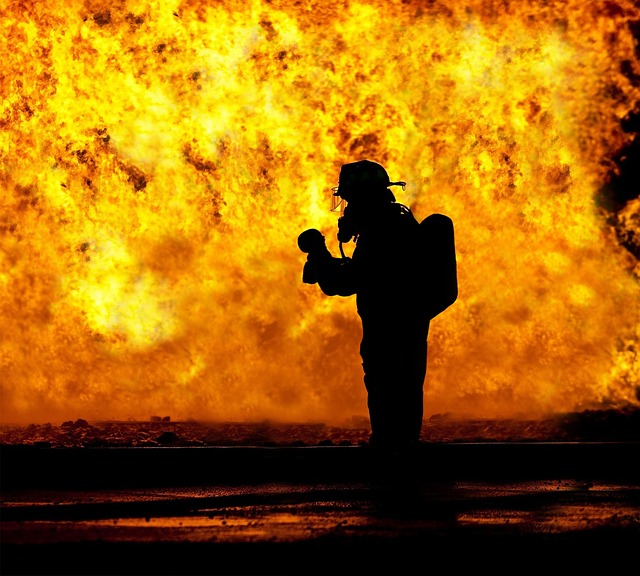Fire damage and water mitigation are crucial after disasters in Texas, where both fires and flooding are common. Homeowners should thoroughly assess damage, document losses, and understand their insurance policy coverage to navigate claims effectively. Prioritize safety, take photos, keep records, act swiftly on water mitigation (within 24-48 hours), turn off water supply if possible, contact professionals, and review the policy for comprehensive repair outcomes.
After a fire and water disaster, swift action is crucial. Understanding the interplay between fire damage and water mitigation is essential for Texas homeowners. This guide offers invaluable insights into navigating fire damage insurance claims in Texas, accompanied by practical tips to help you through the process. Learn how to document damage, communicate effectively with insurers, and protect your home during recovery. Discover key steps to ensure a smoother process, leveraging our expert advice tailored for Texas homeowners dealing with fire and water-related disasters.
- Understanding Fire Damage and Water Mitigation
- Navigating Fire Damage Insurance Claims in Texas
- Essential Tips for Texas Homeowners After a Fire and Water Disaster
Understanding Fire Damage and Water Mitigation

Fire damage and water mitigation go hand in hand when it comes to restoring a home after a disaster. In Texas, where homeowners often face both fires and flooding, understanding these processes is crucial for navigating an insurance claim. Fire damage can leave behind not just visible charred remnants but also hidden risks like mold growth, which can be exacerbated by water during the extinguishing process or from broken pipes.
Knowing the extent of fire damage involves a thorough assessment to identify structural integrity issues, smoke and soot contamination, and potential water intrusion. These factors influence the restoration strategy, which may range from cleaning and deodorizing to complete reconstruction. Texas homeowners should familiarize themselves with their insurance policy’s coverage for both fire and water damage, as well as seek professional advice early on to ensure a smoother claims process and a more comprehensive repair outcome.
Navigating Fire Damage Insurance Claims in Texas

Navigating fire damage insurance claims in Texas can be a complex process, but with the right preparation and understanding, Texas homeowners can ensure a smoother recovery. The first step is to assess the extent of the damage caused by the fire. Documenting losses thoroughly, including taking photos and keeping records of damaged belongings, is crucial for supporting your fire damage insurance claim tips for Texas homeowners.
Next, review your home insurance policy carefully. Understand what is covered under your policy’s fire damage clause, as well as any deductibles or exclusions. Many policies require immediate notification of a loss, so contact your insurance provider promptly after the fire. They will guide you through the claims process, which involves filing a formal claim, providing detailed information about the damage, and potentially arranging for professional restoration services to mitigate water damage resulting from firefighting efforts.
Essential Tips for Texas Homeowners After a Fire and Water Disaster

After a fire and water disaster, Texas homeowners face significant challenges in repairing their properties. The first step is to ensure everyone’s safety and then document the damage for your fire damage insurance claim. Before entering the affected areas, take photos of the overall property damage from different angles, noting any structural issues or water-stained ceilings. Keep detailed records of all expenses related to the disaster, including medical bills and temporary housing costs.
For water mitigation, act swiftly as mold can start growing within 24-48 hours. Turn off the main water supply if possible and contact professionals for water extraction and drying services. Avoid using household appliances or turning on electrical switches in damaged areas until a licensed contractor assesses the situation to prevent further hazards. Remember that your fire damage insurance claim should cover both fires and water damages, so review your policy and communicate openly with your insurance provider throughout the restoration process.
After experiencing a fire and water disaster, Texas homeowners face a challenging journey towards recovery. Navigating fire damage insurance claims and implementing effective water damage mitigation strategies are crucial steps in this process. By understanding the extent of the damage, documenting losses thoroughly, and following expert advice, homeowners can ensure their peace of mind and streamline the claim process. Remember, prompt action and knowledge of fire damage insurance claim tips for Texas homeowners are key to a successful recovery.
